Nearly six in 10 gay and bisexual men are unaware that pre-exposure prophylaxis, or PrEP, significantly reduces the risk of HIV infection, according to a new study from the Bloomberg School of Public Health at Johns Hopkins.
The findings, published in the American Journal of Preventive Medicine, found that just 42 percent of the 401 HIV-negative men surveyed about PrEP knew of the strategy's existence at all. It involves taking an anti-HIV drug -- Truvada being the only one approved for this purpose so far -- as a measure to prevent becoming infected with HIV. As researchers found, regular visits to a physician did not affect overall awareness. Eighty-two percent of respondents had been to the doctor in the past year, while 46 percent were tested for a sexually transmitted infection over the same time period.
Black and Latino men were the least likely study participants to know that PrEP, which has been shown in clinical trials to prevent 99 percent of new HIV infections, is an option that will benefit their long-term health outcomes.
A majority (60 percent) of all respondents, after being told of the impact of PrEP, said that they would be willing to try the preventive strategy.
According to Julia R.G. Raifman, the lead researcher on the study, these findings show how important it is not only to educate the public about the impact of PrEP but also physicians. Many may be unaware of the lifesaving advances in HIV prevention medication, which may create a culture of fear and misinformation.
"Health care providers may be unfamiliar with PrEP or may be uncomfortable broaching sexual health topics with their patients," Raifman told Science Daily.
"A lot of providers who remember the early days of the AIDS crisis, when high doses of AZT caused horrible side effects, may be intimidated by PrEP," she continued. "The most common symptoms of PrEP are mild nausea and fatigue, which usually go away after the first month. Physicians may not understand that PrEP is nothing like the high doses of AZT initially used to treat HIV."
The Johns Hopkins survey isn't the first to show that the awareness, education, and adoption of PrEP among gay and bisexual men continues to lag.
While HIV infection rates have risen in recent years in black and Latino communities, just one in 10 men in a AIDS Project Los Angeles study reported ever having used PrEP. Eighty-five percent of those respondents had never discussed going on PrEP with their doctor.
The least likely group to be educated about PrEP is one of the most vulnerable--gay and bisexual youth. Just 3.9 percent of those between the ages of 18 to 21 said that they had taken PrEP in the past. The most common reasons that youth respondents had not done so is because they were concerned about the expense of the drug or potential side effects. Others were unsure how to obtain Truvada for PrEP or whether their doctor would be able to write a prescription for it.
A new California law, however, will help address the PrEP education gap by compelling physicians to educate their patients about the drug.
The law, Assembly Bill 2640, states that every client who is tested for an STI and receives a negative diagnosis must receive information about the benefits of taking PrEP. The bill was signed into law by Gov. Jerry Brown September 26. Currently, the governor's state has the one of the highest rates of new HIV infections in the nation.
It's estimated that there are more than 1.2 million people with HIV living in the United States.
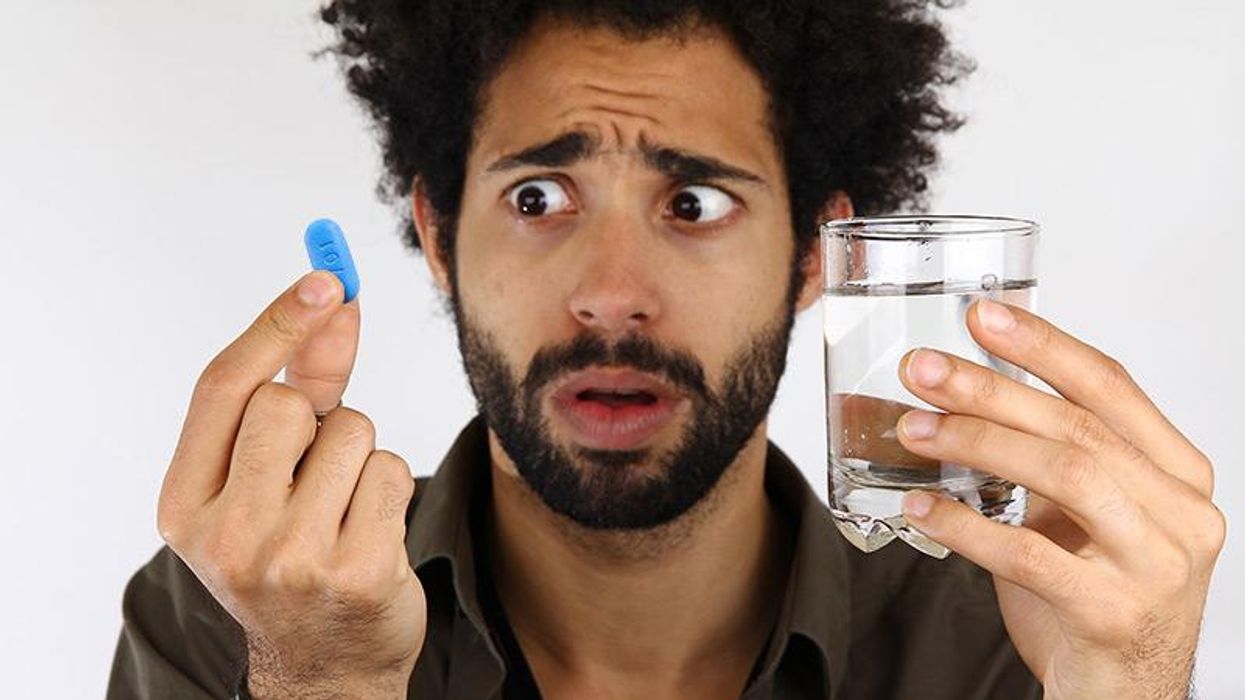







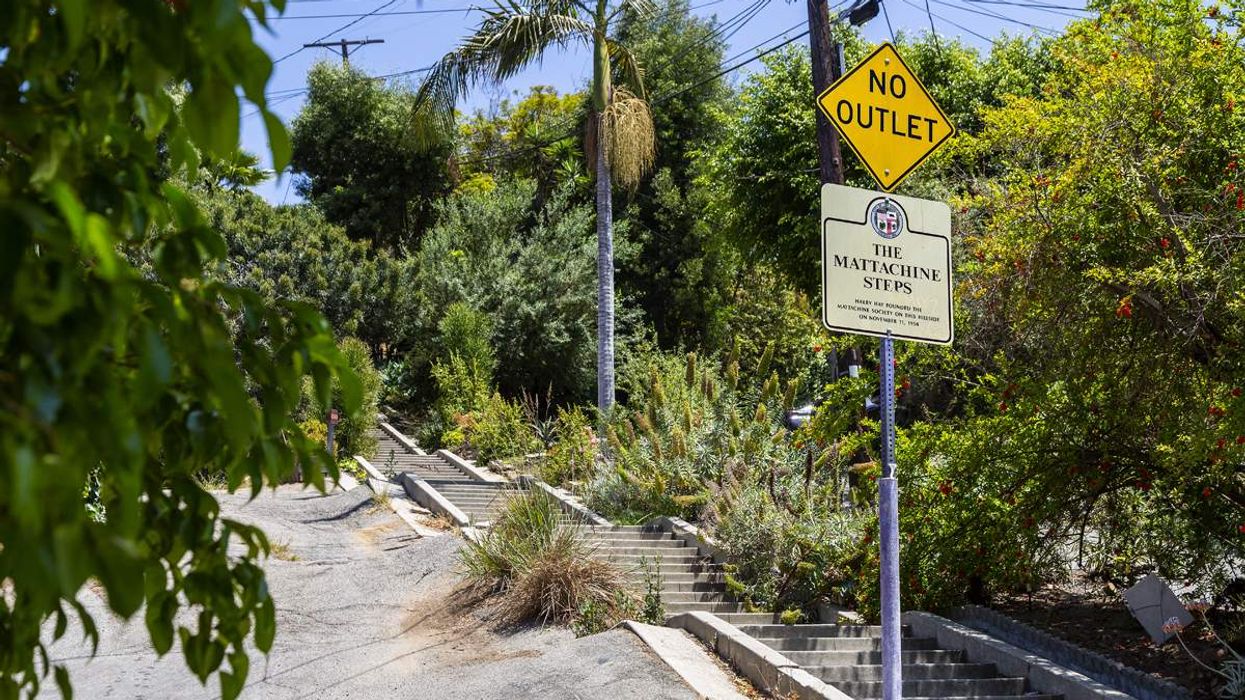

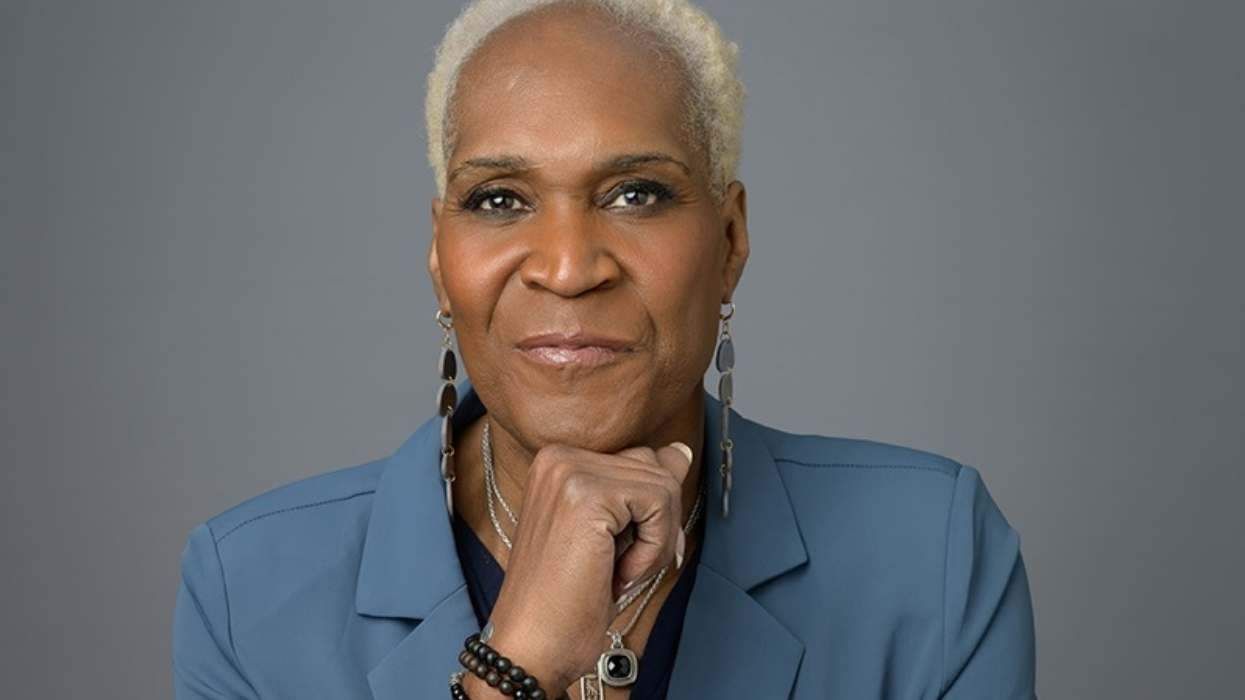



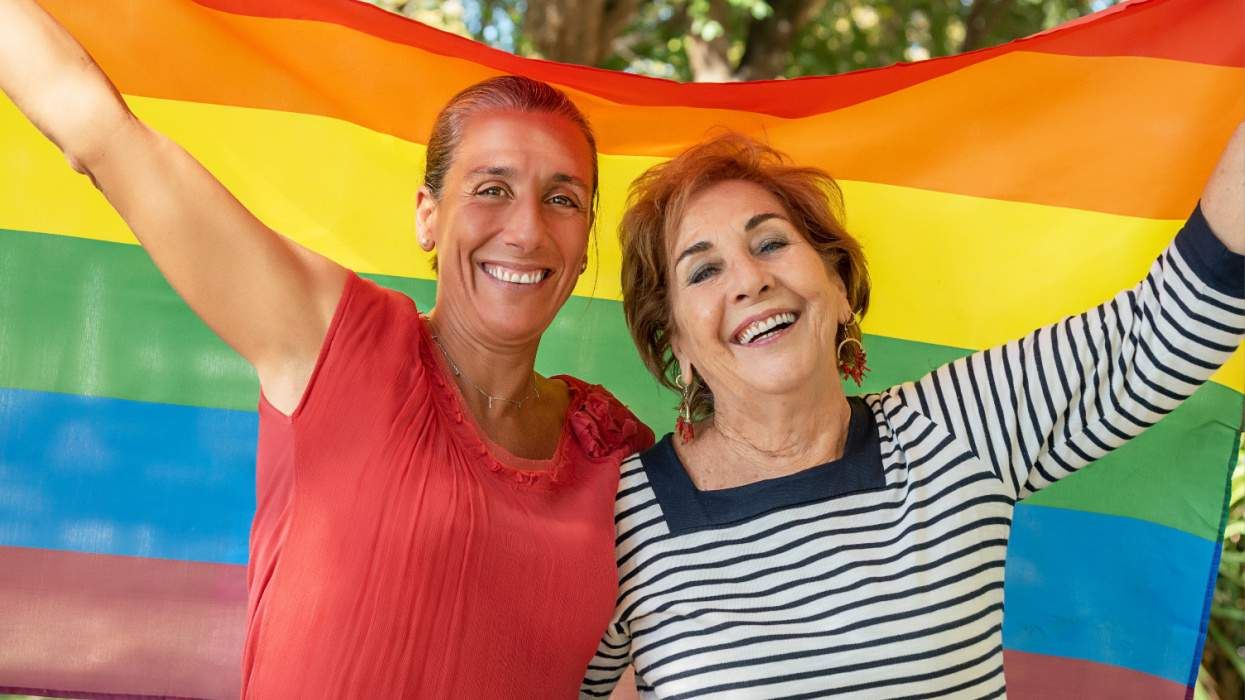

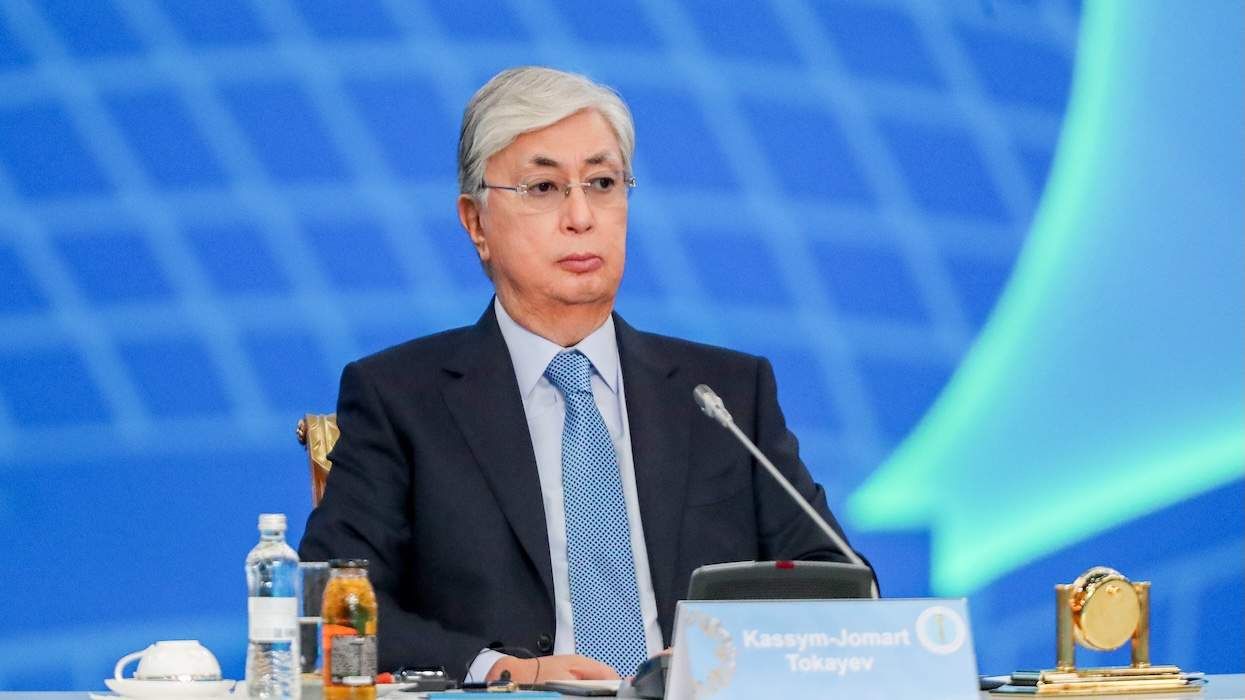






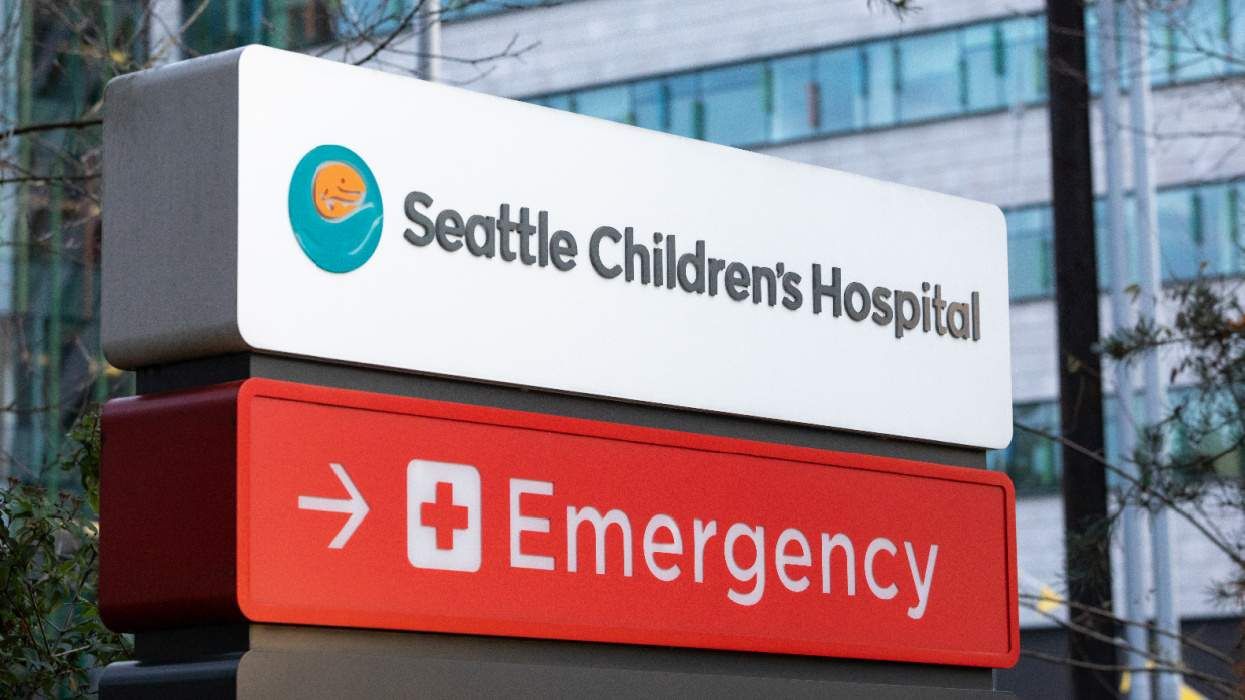

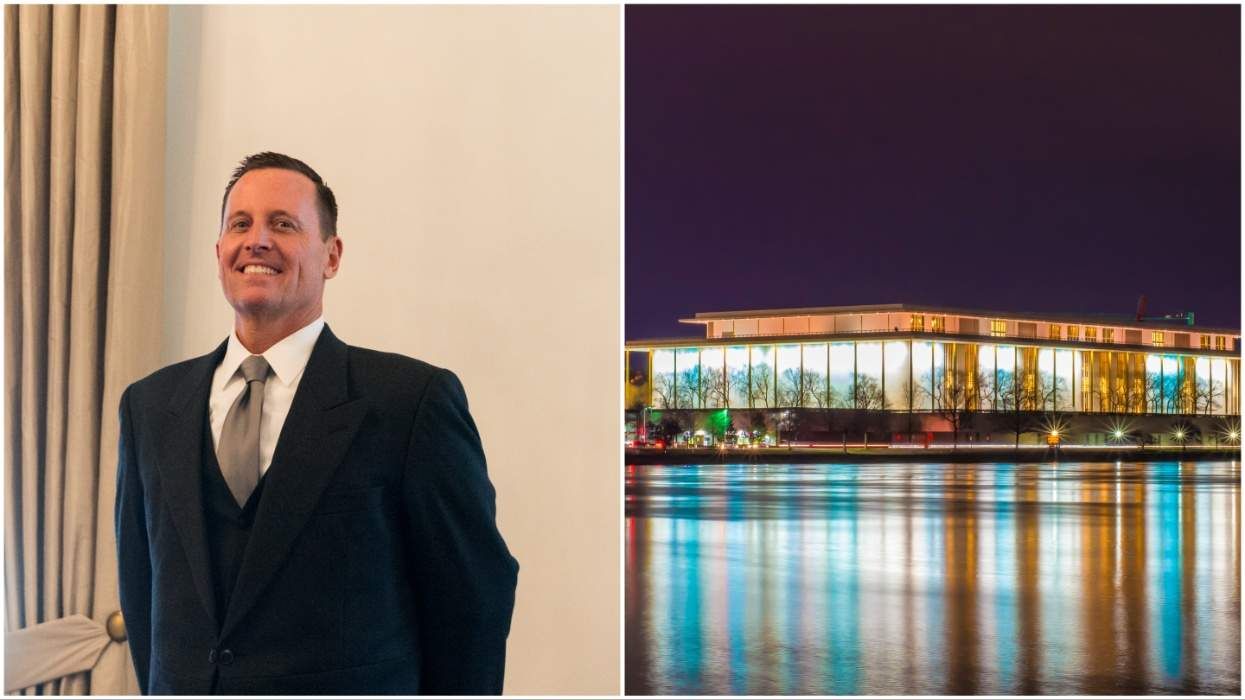

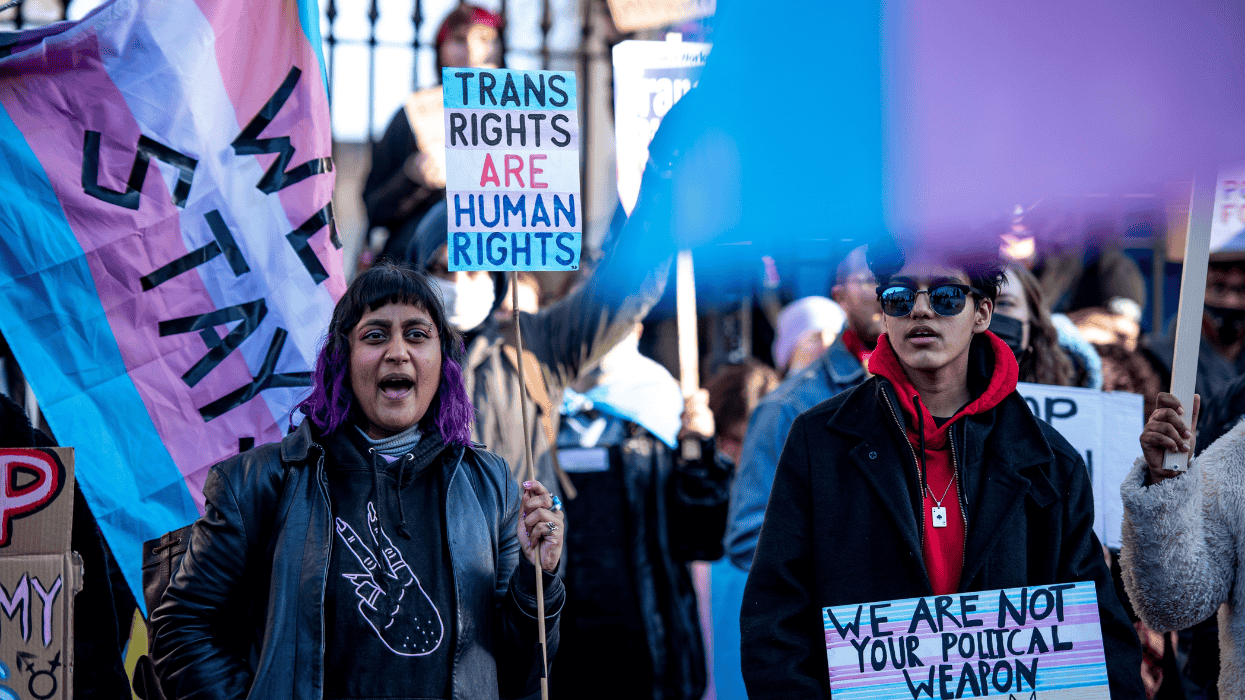


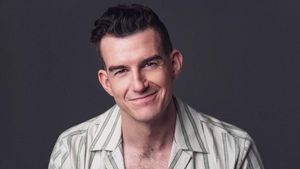





































Charlie Kirk DID say stoning gay people was the 'perfect law' — and these other heinous quotes